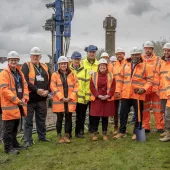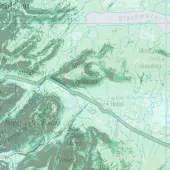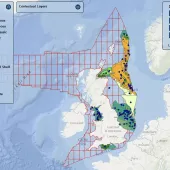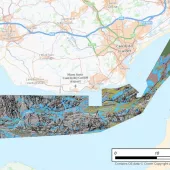Humans take the lead in landscape evolution
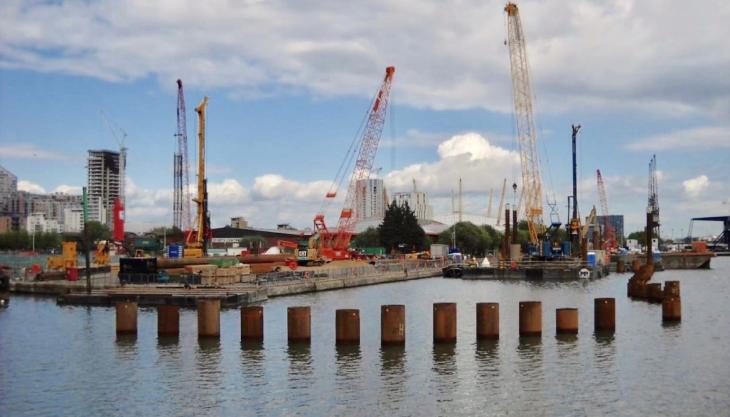
Nature overtaken as the biggest contributor to landscape evolution, says British Geological Survey
HUMANS now have a greater effect on shaping the surface of the Earth than natural processes do, says the British Geological Survey (BGS).
According to three studies by scientists from the BGS and the University of Leicester, humans move about 24 times more material around the surface of the planet than rivers move sediment to the oceans.
This movement and the resulting changes to the landscape have accelerated since the mid-20th century and represent a significant characterization of the proposed new epoch of geological time – the Anthropocene.
In a study entitled ‘Humans are the most significant global geomorphological driving force of the 21st Century’ Dr Anthony Cooper and his co-authors estimate that 316 billion tonnes (about 150 cubic km) of sediment is currently created annually by humans through the excavation of minerals and modification of the landscape to develop expanding cities and infrastructure around the world. This is 24 times greater than the sediment shifted each year by all the world’s major rivers.
One hundred years’ worth of data on mineral, metal and cement production (and the waste materials these generate), plus construction, dredging and land reclamation estimates, have been studied and all reveal a dramatic increase in the amount of sediment created from the mid-20th century onwards as the world’s population has grown.
Dr Cooper said: ‘For some resources, such as gold and diamonds, the amount of rock removed to retrieve quite small amounts of ore is enormous. A typical gold wedding ring containing 4g of gold now requires the excavation of between 4 and 20 tonnes of rock.’
In a study of how cities have evolved over the centuries and now largely sit upon artificially modified ground (AMG), Ricky Terrington and his team at BGS have estimated the human-generated deposits that have accumulated in London.
In their study entitled ‘Quantifying anthropogenic modification of the shallow geosphere in central London, UK’ the team used historical and modern maps, digital models and borehole records from across the City of London and Tower Hamlets boroughs to determine the thickness and composition of this AGM.
The team found that the average thickness of AMG in the City of London Borough is around 3.75m and equates to the height of a fully-grown adult elephant, whilst the total volume of human-generated deposits in the borough is the equivalent of three filled Wembley stadiums or 4,700 Olympic-sized swimming pools.
These data were extrapolated across Greater London, where the team estimate that the total human-generated accumulation weighs around 6 billion tonnes. The team also found that almost half of these artificial deposits have accumulated since the end of World War II, despite this time interval representing only 3% of the total history of the city.
Finally, a study led by Prof Colin Waters, based at the University of Leicester, investigated whether it is possible to distinguish humankind’s development of the Earth’s subsurface from natural processes.
The study entitled ‘Recognising anthropogenic modification of the subsurface in the geological record’ looks at how humans are increasingly excavating the subsurface for minerals, to construct buildings and tunnels, to sink boreholes and wells, to store wastes and resources, and to test weapons.
Whilst such activities may provide a long-lasting and clear record of human interaction with the subsurface, the study found that the fracturing of rocks and the mineral or chemical changes as a result of this infrastructure often do not extend far from the original site, and in many cases these changes can be very difficult to discriminate from natural processes.
Prof Waters commented: ‘Our increasing interventions into the deeper parts of our planet will undoubtedly confound generations of geologists from the far future, as erosion and uplift will eventually expose our currently unseen activities.’


